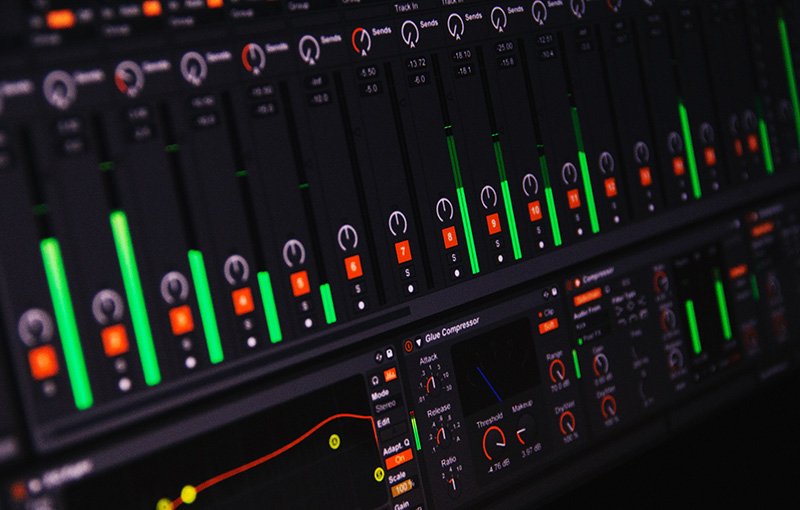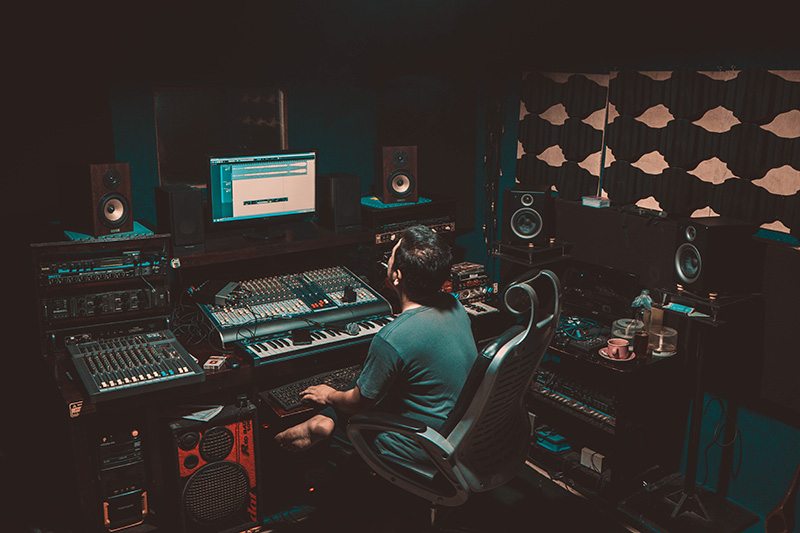Essential Tips for Achieving a Balanced Mix
In the intricate world of music production, achieving a balanced mix is an art form that separates amateur recordings from professional tracks. A well-balanced mix ensures that every element in your composition can be heard clearly, contributing to a cohesive and polished final product. In this article, we will explore some invaluable tips to help you master the art of balancing your mix like a seasoned pro.
1. Set the Foundation with Gain Staging
Proper gain staging is the first step toward a balanced mix. Ensure that each element in your arrangement is at an optimal volume before diving into the intricate details. This prevents distortion and provides a clean canvas for your mix.
2. Focus on Panning
Utilize panning effectively to create a sense of space in your mix. Experiment with placing instruments and elements across the stereo field to avoid clutter and enhance the separation of sounds. A well-executed panning strategy contributes significantly to a balanced and immersive listening experience.
3. Frequency Spectrum Awareness
Understand the frequency ranges of each instrument and how they interact with one another. Use EQ (Equalization) to carve out space for each element, ensuring they complement rather than compete with one another. This approach helps prevent muddiness and allows each instrument to shine.
4. Dynamic Range Management
Keep an eye on the dynamic range of your mix. Use compression to control the peaks and valleys in the volume of your tracks, creating a more consistent and balanced sound. Be cautious not to over-compress, as this can lead to a loss of natural dynamics.
5. Referencing and A/B Testing
Regularly reference your mix against professionally produced tracks in a similar genre. A/B testing allows you to identify potential imbalances and make informed adjustments. Pay attention to the tonal balance, spatial characteristics, and overall clarity of your reference tracks.
6. Prioritize the Lead Elements
Identify the primary elements or instruments in your mix and ensure they take center stage. Balancing doesn’t mean every element is equal; it means creating a hierarchy where the most important components are emphasized while supporting elements complement them seamlessly.
7. Use Automation Wisely
Automation is a powerful tool for achieving a balanced mix. Adjust the volume, panning, and other parameters dynamically over time to add movement and interest. This technique is particularly effective for vocals, bringing out nuances that static settings might overlook.
8. Monitor in Different Environments
Your mix should sound good on various playback systems. Test your mix on different speakers, headphones, and in different environments to ensure its versatility. This step helps identify potential issues that might not be apparent in your studio environment.
Conclusion:
Achieving a balanced mix is a journey that requires a combination of technical know-how and artistic intuition. By incorporating these tips into your music production process, you’ll be well on your way to creating mixes that captivate listeners and stand out in the competitive world of music production. Experiment, trust your ears, and refine your skills over time to consistently deliver well-balanced and professional-sounding tracks.
If you have any questions or suggestions feel free to contact us.



